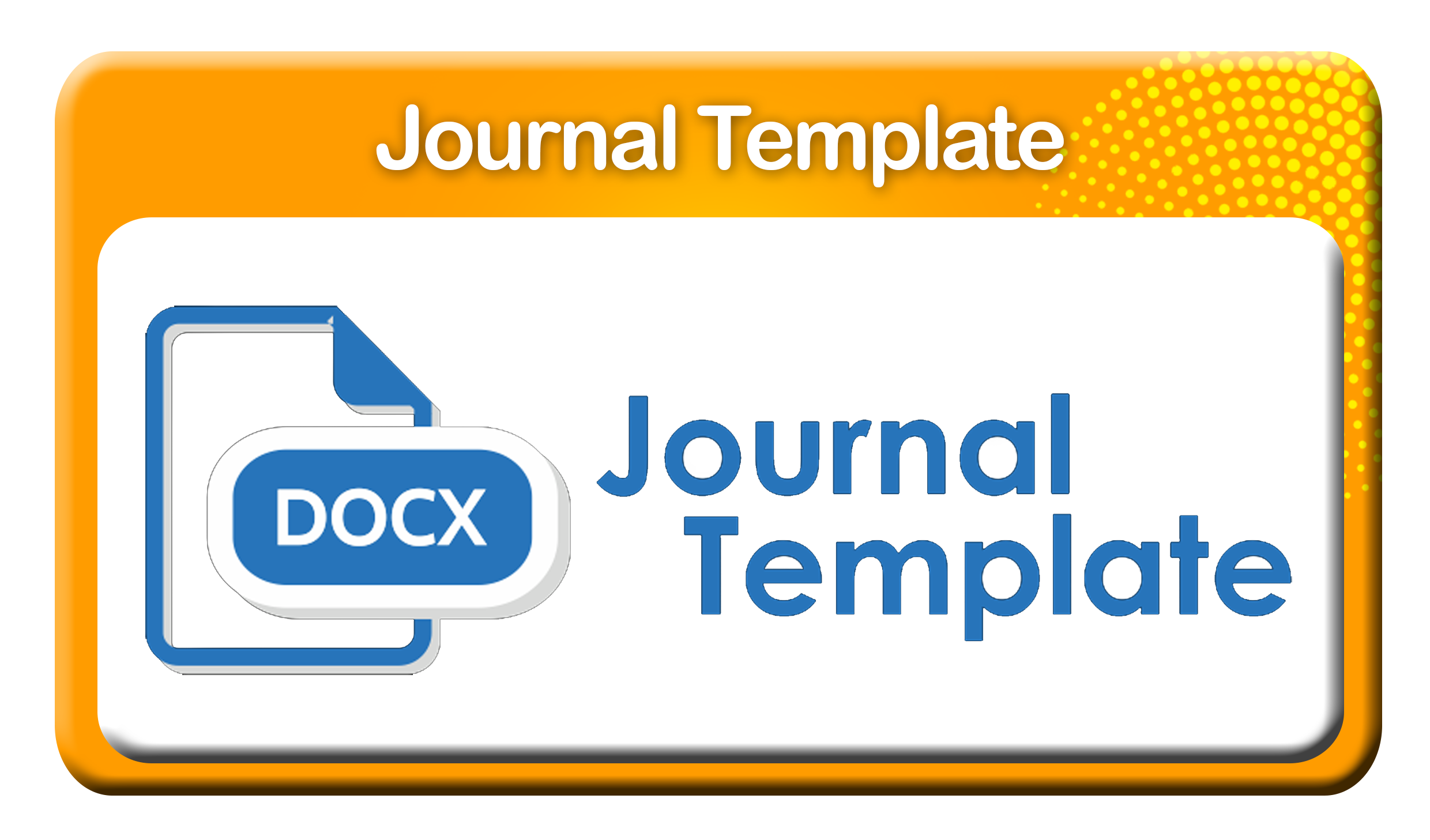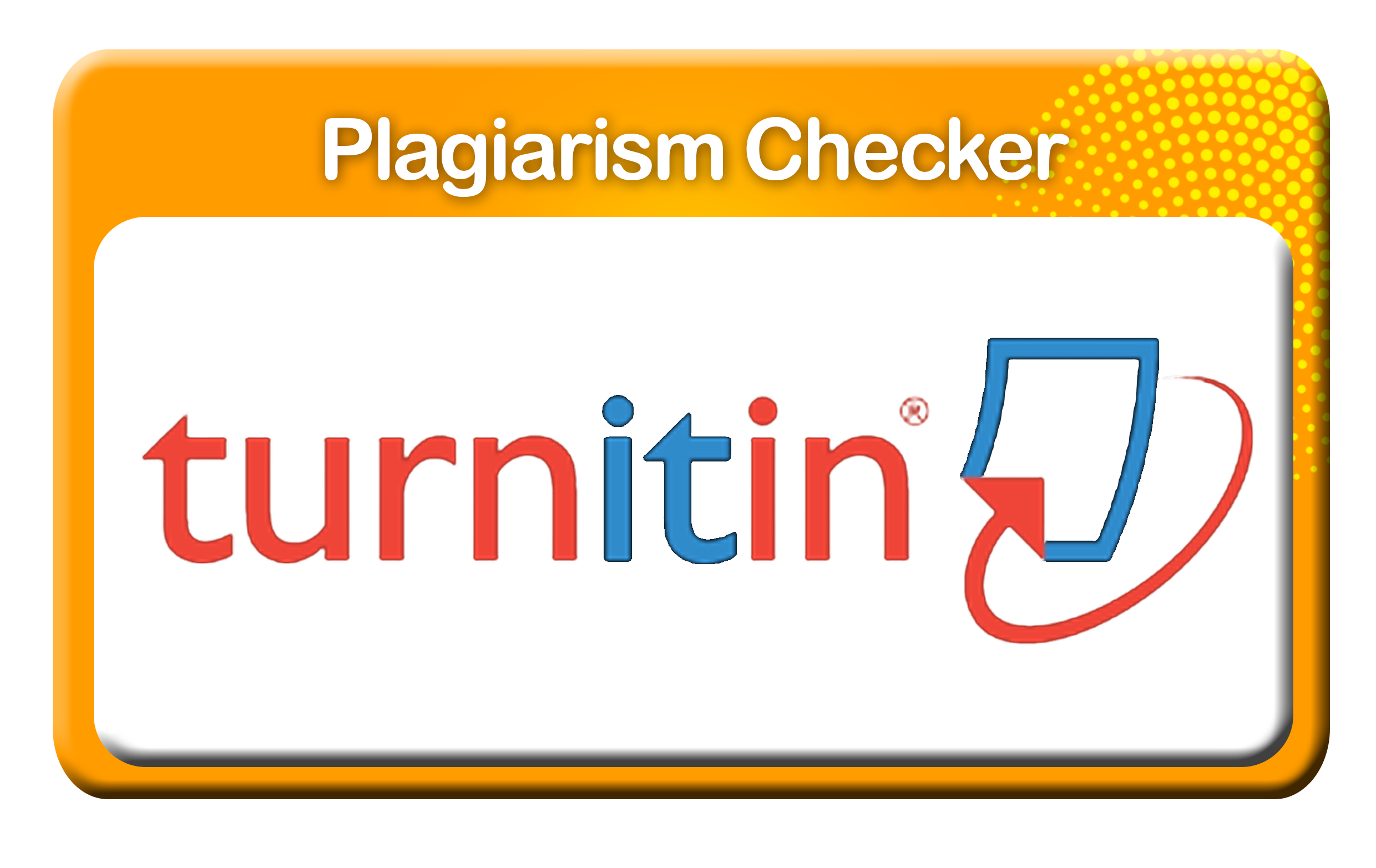EKSPLORASI PENALARAN SPASIAL SISWA SEKOLAH DASAR DENGAN MEDIA PEMBELAJARAN MANIPULATIF
Abstract
This study aims to provide an in-depth description of students' spatial thinking through the use of a manipulative learning medium based on a virtual geoboard. The research employed a qualitative approach with a case study method, conducted at SD Negeri Pondok Aren 02 in South Tangerang City. The study involved three students with high, medium, and low mathematical abilities. The instruments used were a spatial thinking written test and interview guidelines. The research procedure consisted of five stages: (1) pre-test administration, (2) initial interview, (3) exploration using the virtual geoboard, (4) post-test administration, and (5) final interview. The findings indicate that the use of a virtual manipulative medium such as the virtual geoboard can enhance students' spatial thinking skills, particularly for those with medium and low mathematical abilities. Students showed improvement in imagining, visualizing, and understanding spatial relationships between parts of three-dimensional shapes. This medium is considered effective for supporting mathematics learning that requires strong spatial and visual abilities, especially in geometry topics involving solid figures.Downloads
Published
2025-07-10
How to Cite
Astriani, L., Widyasari, N. ., Eminita, V., Jusra, H., & Andini, N. M. (2025). EKSPLORASI PENALARAN SPASIAL SISWA SEKOLAH DASAR DENGAN MEDIA PEMBELAJARAN MANIPULATIF. Jurnal Holistika, 9(1). Retrieved from https://jurnal.umj.ac.id/index.php/holistika/article/view/27095
Issue
Section
Articles
License
Copyright (c) 2025 Jurnal Holistika

This work is licensed under a Creative Commons Attribution-NonCommercial 4.0 International License.
Authors who publish with this journal agree to the following terms:
- Authors retain copyright and grant the journal right of first publication with the work simultaneously licensed under a Creative Commons Attribution License that allows others to share the work with an acknowledgement of the work's authorship and initial publication in this journal.
- Authors are able to enter into separate, additional contractual arrangements for the non-exclusive distribution of the journal's published version of the work (e.g., post it to an institutional repository or publish it in a book), with an acknowledgement of its initial publication in this journal.
- Authors are permitted and encouraged to post their work online (e.g., in institutional repositories or on their website) prior to and during the submission process, as it can lead to productive exchanges, as well as earlier and greater citation of published work (See The Effect of Open Access).


















